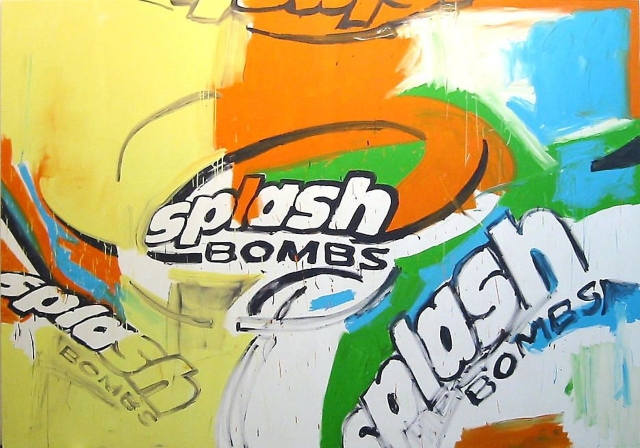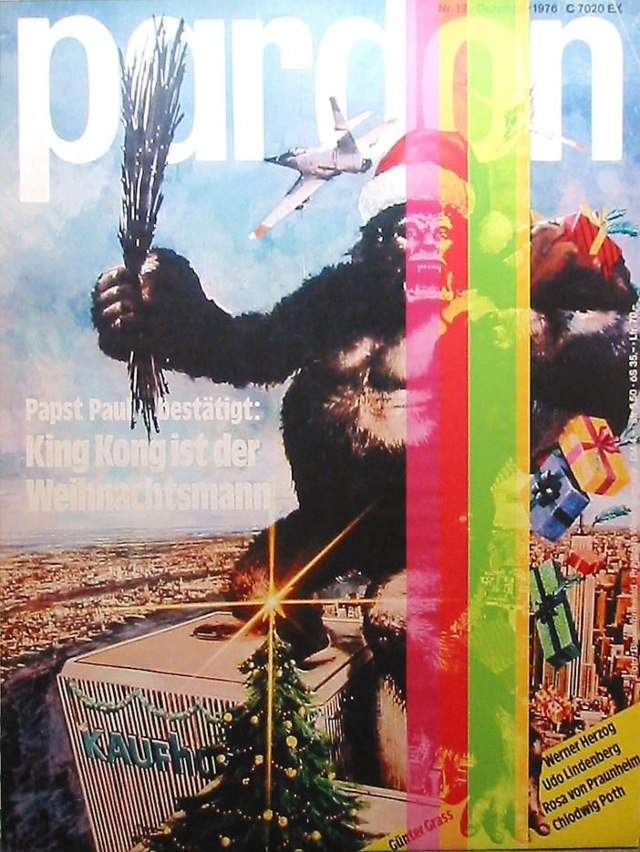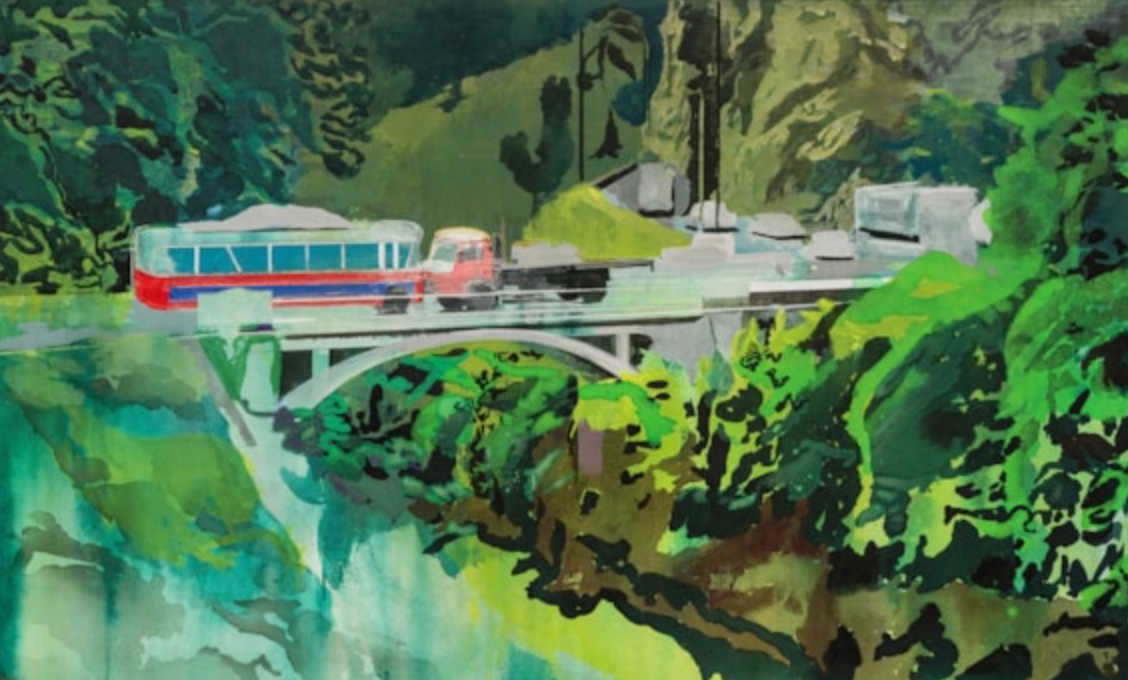[imagesource:matthewmarksgallery/youtube]
Nearly 20 years after world-renowned digital artist, Michele Majerus tragically died in a plane crash while attempting to land at Luxembourg Airport, the laptop he carried with him on the flight has been restored.
At 35, Majerus had already won international acclaim for playful and sharp-witted paintings that borrow from advertising, video games, record covers, art history, and a vast array of other sources.
His laptop was recovered from the plane crash and has been restored as part of a thrilling project that involves his estate, the artist Cory Arcangel, a longtime Majerus fan, and the digital art organisation Rhizome.
“It wasn’t even known whether anything would work. We worked on the project for many years, knowing that it could have just been a big dud. The hard drive could have been corrupted beyond bootable form.”
Thankfully the hard drive was not corrupted, and Dragan Espenschied, Rhizome’s preservation director, set about determining how to make the laptop work exactly as it did in the past, only on a modern computer – a potentially difficult procedure known in the tech industry as emulation.
The two men have experience with such projects, and once emulated a Macintosh computer that Arcangel bought at a Salvation Army store in 2005, finding a homemade game on it called Bomb Iraq. The artists also helped rescue digital Andy Warhol pieces stored on decades-old floppy discs held by the Andy Warhol Museum in Pittsburgh.

Leuchtland at Petzel, New York [image:contemporaryartlibrary.org]

Leuchtland at Petzel, New York [image:contemporaryartlibrary.org]
Majerus’s laptop, however, is described as “a true virtual studio—a true studio”.
There are files related to shows he never realised, his final solo exhibition, in 2002, at Petzel Gallery in New York, “almost from start to finish,” a massive amount of source images he used, and photographs he took with his Nikon camera, “when he was out and about.”
Arcangel has now created an ongoing YouTube series titled Let’s Play Majerus G3, and is in a joint exhibition with Majerus that is running at the artist’s former studio in Berlin. The first video walkthrough of the laptop, a Macintosh G3 Wall Street, or “the Ferrari of its day,” was posted recently.
Inspired by prominent YouTube channels that do music or chess analysis, Arcangel gives audiences his commentary as he works through the files and analyses Majerus’ practices. He also plays it up a little.
“If you’re wondering why this is all taking so long, that’s how life was in the ’90s. Computers were slow!”
From the beginning, it was clear that Majerus was a bit of a computer wizz with everything heavily customised.
“Everything that could be changed and configured in the system was changed to look different. The system typeface was like a huge, cartoonish-looking, almost handwritten typeface.”
“There’s an endless mass of photographs,” says Arcangel. One touching photo shows Majerus’s laptop sitting on a hotel bed, giving viewers a “behind-the-scenes glimpse of an artist on the road, perhaps taking a break from work”.
“He had a computer, and he used it, but he never spoke about it. It’s a dimension that we’re not really able to grasp yet, the dimension that is now being laid open.”
Those who knew Majerus believe he would have been pleased with the work done by Archangel and his team. “Michele would have been enormously pleased and happy,” one friend said, “that such a wonderful figure like Cory would do a YouTube tutorial on him, not an art-historical text but a YouTube tutorial, a new thing.”
While the two artists are working through his work on YouTube, a total of eight works have been placed on view in the Berlin exhibition, including one astonishing Majerus piece that unites a small abstract painting, a pair of Fila sneakers, and the hit Prodigy album The Fat of the Land (1997) on CD – “an ode to shifting tastes and disposable consumerism”.
“He was really, really at the edge of something that was happening, and not many artists were in the league that he was in, and this could show us what studios are going to look like in the future. This is what art history will be in the future, undeniably.”
[source:artnet]







